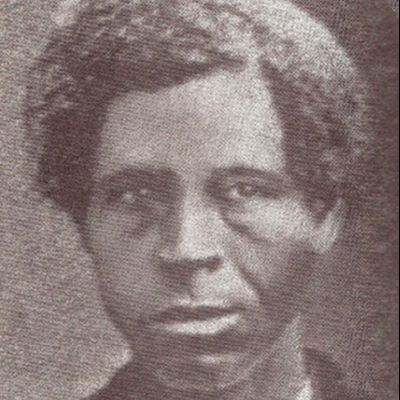Episode #11 (Zach Doleshal and Jordan Martinek)

Download and listen anywhere
Download your favorite episodes and enjoy them, wherever you are! Sign up or log in now to access offline listening.
Description
In this podcast, host Jeffrey L. Littlejohn speaks with historian Zach Doleshal and student Jordan Martinek about their recent public history course, "Recovering New Harmony." To the immediate east of...
show moreTo the immediate east of Huntsville, Texas, just north of Highway 190, lie the remains of Grant’s Colony, aka New Harmony. Named after George Washington Grant, an entrepreneur and landowner in Walker County, the settlement was a rare phenomenon in Reconstruction Era Texas. For it was an attempt by a white southerner of the planter class to implement the promise of racial integration and create a rationalized agricultural community. Entrenched cultural attitudes frustrated Grant’s attempt to recruit white laborers, however, as very few took him up on his offer of employment, housing, and education. Freed slaves, though, came to the settlement in significant numbers and created a vibrant community that lasted until the 1920s. When, after a slow demise, it became part of the Sam Houston National Forest in 1936, the colony's history and even its location were silenced by the past.
Information
| Author | Living History |
| Organization | Living History |
| Website | - |
| Tags |
Copyright 2024 - Spreaker Inc. an iHeartMedia Company

Comments